Picea abies (Norway Spruce)
Michael's Opinion
A popular evergreen, possibly superseding our own native white spruce in use. Often used as windbreaks, mass plantings and specimen plantings.
Botanical Information
| Family | Pinaceae |
| Genus | Picea |
| Species | abies |
| Category | Woody |
| Type | Tree (evergreen) |
| Origin | Native to northern and central Europe. |
| Pronunciation |
Details
| USDA Hardiness Zone | 2 - 7 |
| USDA Hardiness Ref. | |
| Canadian Hardiness Zone | 0a - 7a |
| Canada Hardiness Ref. | |
| RHS Hardiness Zone | H5 - H7 |
| RHS Hardiness Ref. | |
| Temperature (°C) | -46 - (-12) |
| Temperature (°F) | -50 - 10 |
| Height | 12 - 18 m |
| Spread | 7.5 - 9 m |
| Growth | Fast |
| Flowering Period | May |
Description and Growing Information
| General Description | It is a large tree that has an elegant pyramidal form with pendulous branches curving upwards. The branches are a distinct orange brown on the underside. Branches grow low to the ground and the tree can be used as an effective windbreak. |
| ID Characteristic | Weeping branches with a stem of 45°. Shoots have orange brown undersides curving up with dark green needles. Cones are one of the largest of any spruce, about 12 - 16 cm and reddish brown in colour. |
| Shape | Pyramidal with pendulous branches. |
| Landscape | Often used as windbreaks, mass plantings and specimen plants. |
| Propagation | Propagated by seeds in the autumn, as well as cuttings. Take a cutting of a semi-ripe terminal shoot about 5-8 cm long in August. Rooting will occur over the winter months in the greenhouse. |
| Cultivation | Plant the tree in full sun, tolerates some shade. It will tolerate a variety of soil types. It does best growing in moist loam soils. Not drought tolerant. |
| Pests | Can be susceptible to spruce gall. |
| Notable Specimens | The Gardens of Fanshawe College London, Ontario, Canada. |
| Habitat | Found growing throughout central and northern Europe southwest even towards the end of the Alps. |
| Bark/Stem Description | Thin bark that thickens with age. It has a reddish brown colour becoming grey-brown and forming scales towards maturity. |
| Flower/Leaf Bud Description | Conical, reddish to light brown. They are non-resinous and no larger than 90 mm in size. |
| Leaf Description | Straight, stiff, 1 - 2.5 cm long sharp pointed and dark green on all sides. |
| Flower Description | Monoecious, males are auxiliary and females are terminal and reddish-pink in colour. Both are about 2.5 cm in size. |
| Fruit Description | Cylindrical cones 12 - 16 cm long, 3 - 5 cm wide. Fruiting time is generally September through October. |
| Colour Description | The needles are green and the bark a reddish-brown colour in youth, turning a grey colour as it ages. Cones are light brown with a hint of red. |
| Texture Description | Medium textured tree if not sheared. The sparse branching plant thickens with age. |
Photographs
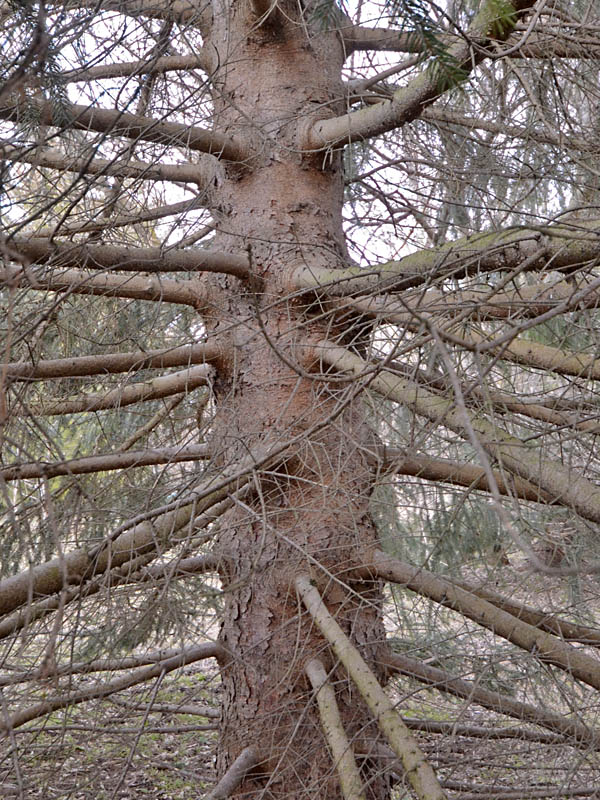
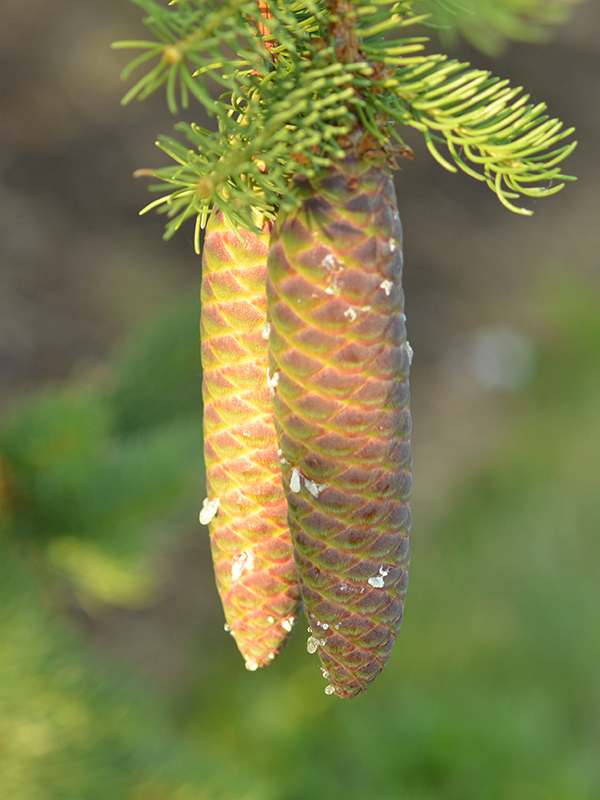
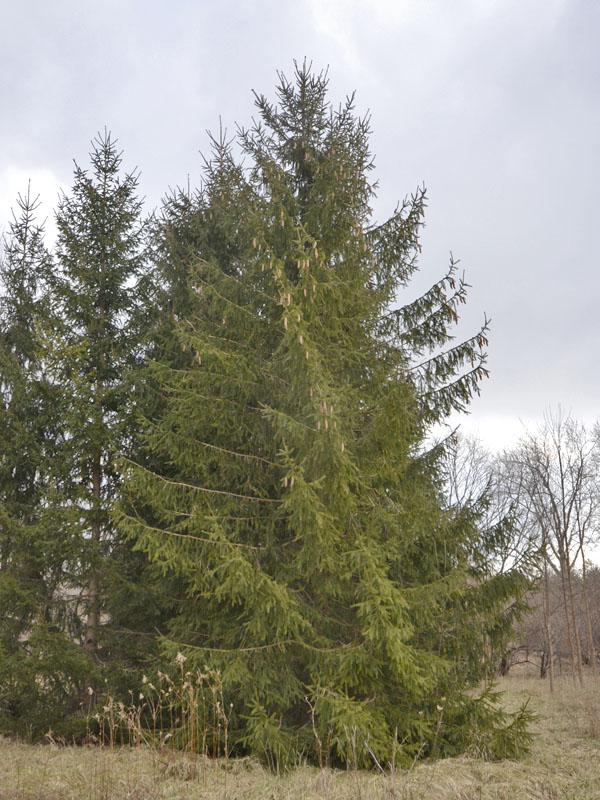
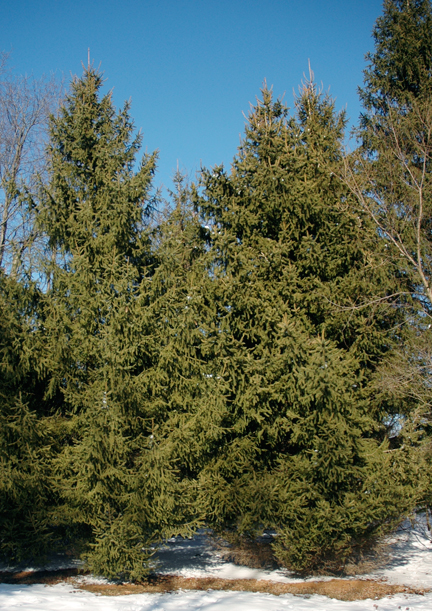
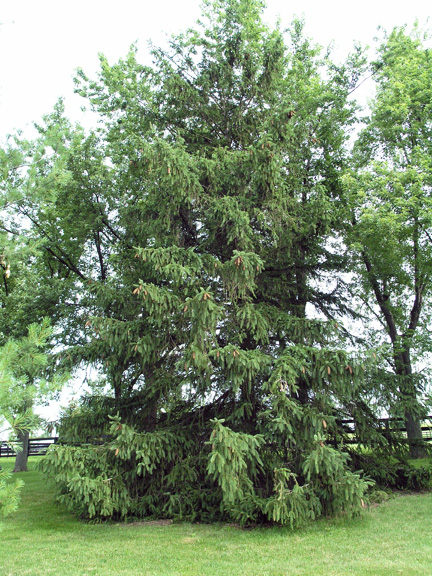
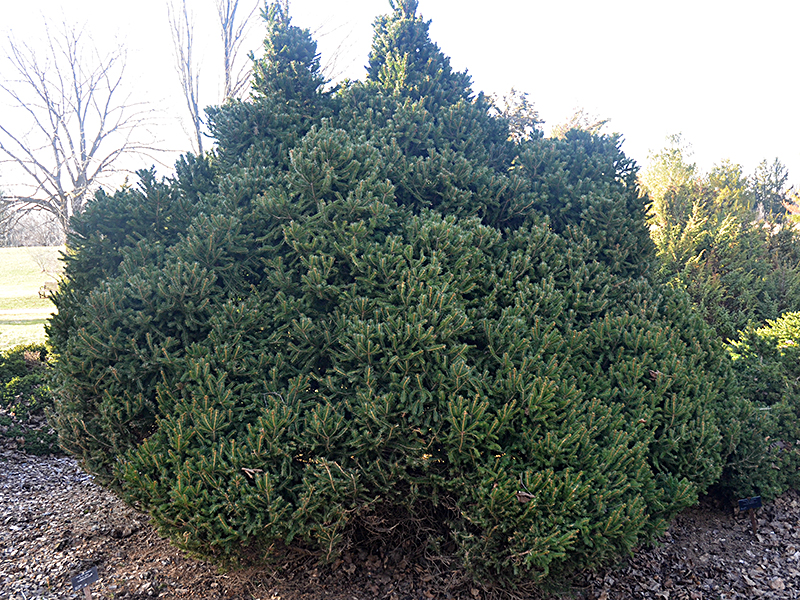
Picea abies 'Pumila Nigra'
Picea abies 'Little Gem'
Picea abies 'Arnold Dwarf'
Picea abies 'Nidiformis'
Picea abies 'Ohlendorfii'
 copy.jpg)
Picea abies 'Reflexa'
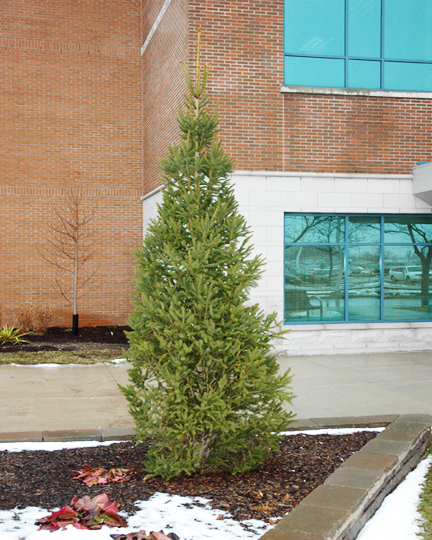
Picea abies 'Cupressiana'
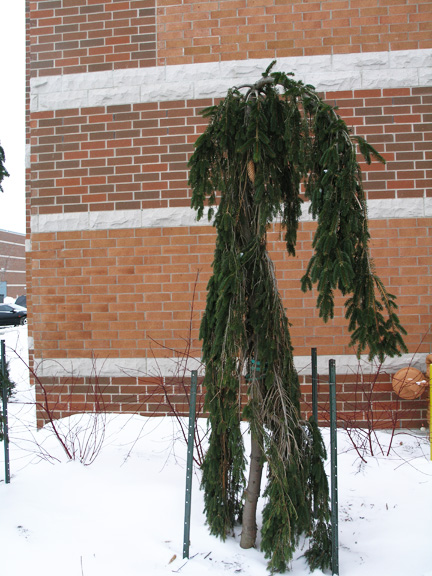
Picea abies 'Pendula'
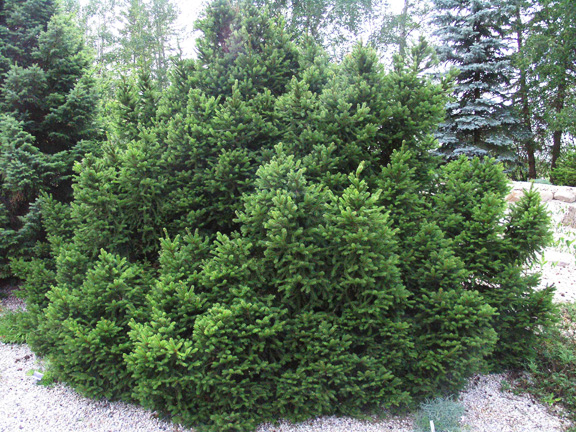
Picea abies 'Mucronata'
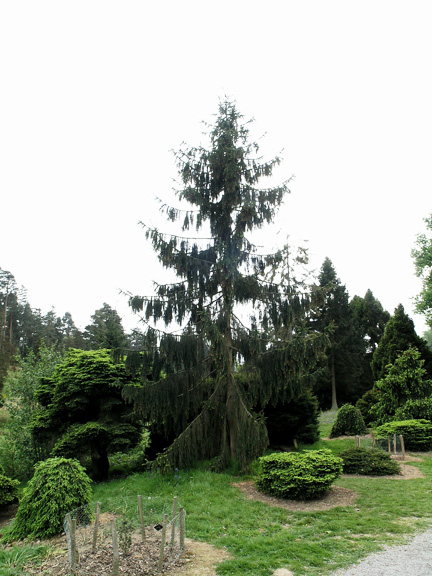
Picea abies 'Pendula Major'
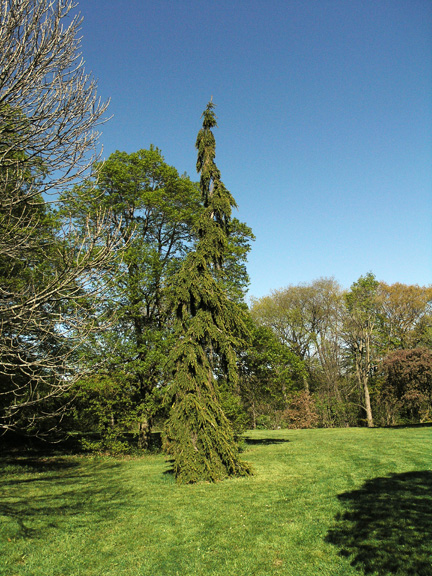
Picea abies 'Inversa'
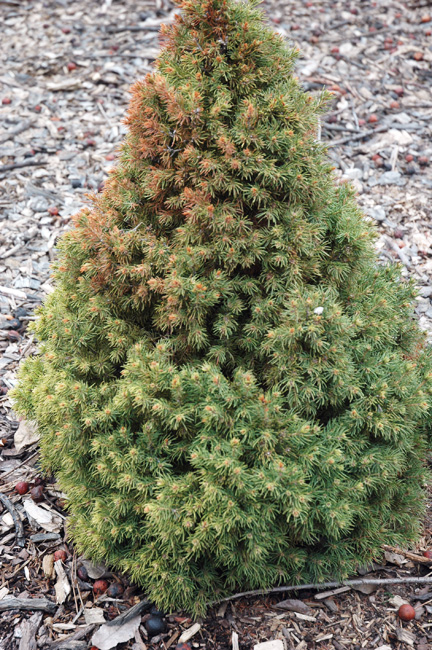
Picea abies 'Rainbows End™'

Picea abies 'Clanbrassiliana'